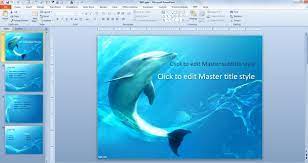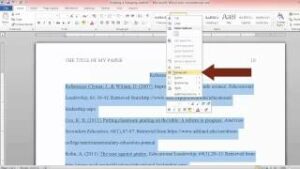Mastering Creativity: Unleashing the Design Power of PowerPoint 2007

In the realm of presentation software, Microsoft PowerPoint has been a staple for professionals, educators, and creatives alike. While subsequent versions have introduced new features and enhancements, PowerPoint 2007 remains a hallmark release, celebrated for its unique design capabilities that can elevate your presentations to new heights. In this comprehensive exploration, we delve into the distinctive design power that sets PowerPoint 2007 apart, providing a roadmap for mastering creativity in your visual storytelling.
The Evolution of Design in PowerPoint:
Released as part of Microsoft Office 2007, PowerPoint 2007 marked a significant departure from its predecessors. The introduction of the Ribbon interface brought a fresh and intuitive design, streamlining the user experience and placing a plethora of design tools at the user’s fingertips. This overhaul laid the foundation for a more visually engaging and accessible presentation creation process.
Themes and SmartArt:
One of the standout features of PowerPoint 2007 is the emphasis on design consistency through Themes. Themes allow users to apply a unified and professional look to their presentations effortlessly. With a variety of pre-designed Themes, each comprising coordinated fonts, colors, and effects, PowerPoint 2007 empowers users to create visually stunning slideshows with minimal effort.
SmartArt, another design powerhouse, enables users to convey complex ideas through visually appealing graphics. Whether creating organizational charts, process diagrams, or relationship graphics, SmartArt provides a dynamic way to enhance the visual storytelling aspect of presentations.
Transition and Animation Mastery:
A hallmark of PowerPoint 2007’s design capabilities lies in its Transition and Animation features. Transition effects, applied between slides, add a layer of sophistication to presentations. From subtle fades to dynamic flips, these transitions can transform a standard presentation into a captivating visual journey.
Animation, on the other hand, allows users to breathe life into individual elements on a slide. By orchestrating entrance, emphasis, exit, and motion paths, presenters can guide their audience’s focus and convey information in a memorable way. The animation capabilities of PowerPoint 2007 are a testament to its commitment to providing a dynamic and immersive presentation experience.
Mastering Multimedia Integration:
PowerPoint 2007 embraced multimedia integration, enabling users to embed audio and video seamlessly. This feature revolutionized presentations, allowing for a more engaging and interactive experience. Whether incorporating narrations, background music, or video clips, presenters could now appeal to both the visual and auditory senses, enhancing the overall impact of their message.
Charts and Graphs for Data Visualization:
Understanding the importance of data-driven storytelling, PowerPoint 2007 introduced enhancements in chart and graph creation. With an array of chart types and customization options, users could transform raw data into compelling visual narratives. This feature proved invaluable for professionals seeking to convey statistical information in a digestible and visually appealing manner.
Conclusion:
In conclusion, “Mastering Creativity: Unleashing the Design Power of PowerPoint 2007” illuminates the unique design features that make this version a timeless asset for presenters. From Themes and SmartArt to Transition and Animation mastery, PowerPoint 2007 empowers users to craft presentations that not only inform but captivate audiences. As we navigate through the intricate landscape of PowerPoint 2007’s design capabilities, it becomes evident that this release has left an indelible mark on the way we approach visual storytelling, making it a cornerstone in the evolution of presentation design.





